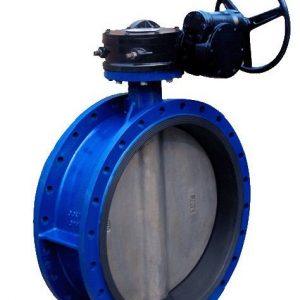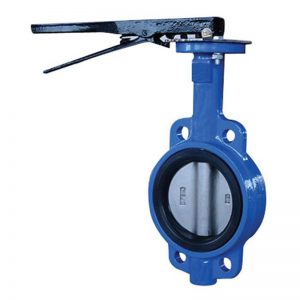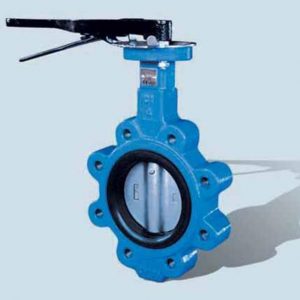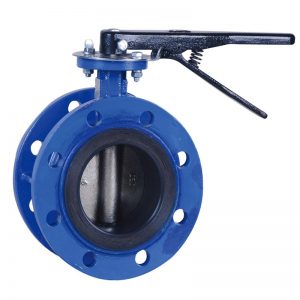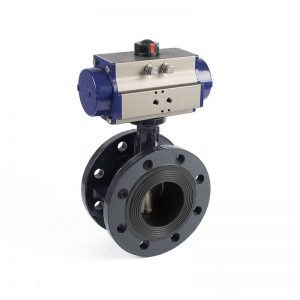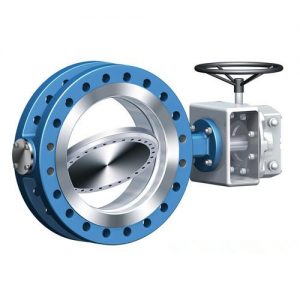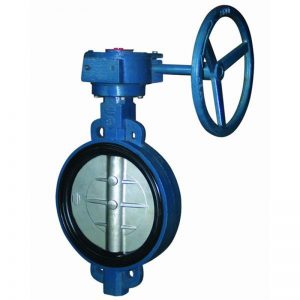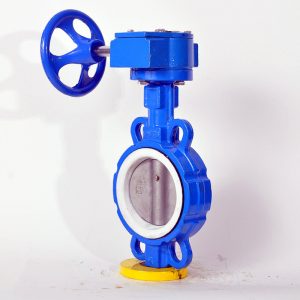Do you want to buy butterfly valves products ? With good quality and competitive price, Decho is your best choice . Send the inquiry now, you will have a positive reply within 24 hours . [email protected]
What is butterfly valve ?
Butterfly valve, also called flap valve, is a kind of regulating valve with simple structure. The butterfly valve that can be used for switching control of low-pressure pipeline medium refers to the closing part (disc or butterfly plate) as a disc, which rotates around the valve shaft to achieve opening and closing. A kind of valve.
Valves can be used to control the flow of various types of fluids such as air, water, steam, various corrosive media, mud, oil, liquid metal and radioactive media. It is mainly used for cutting off and throttling on the pipeline. The butterfly valve opening and closing part is a disc-shaped butterfly plate, which rotates around its own axis in the valve body to achieve the purpose of opening and closing or adjustment.
What is butterfly valve’s Functional use ?
The butterfly valve is usually less than 90° from fully open to fully closed. The butterfly valve and the butterfly stem have no self-locking ability. For the positioning of the butterfly plate, a worm gear reducer should be installed on the valve stem. The use of worm gear reducer can not only make the butterfly plate have self-locking ability, make the butterfly plate stop at any position, but also improve the operation performance of the valve. The characteristics of the industrial butterfly valve: high temperature resistance, high applicable pressure range, large nominal diameter of the valve, the valve body is made of carbon steel, and the sealing ring of the valve plate uses a metal ring instead of a rubber ring. Large high temperature butterfly valve is made of steel plate welding, mainly used for flue duct and gas pipeline of high temperature medium
What are the installation points shall we need to pay attention ?
1. The installation position, height and direction of import and export must meet the design requirements, and the connection should be firm and tight. 2) All kinds of manual valves installed on the thermal insulation pipeline must not handle downwards.
2. The valve must be visually inspected before installation. The nameplate of the valve should comply with the current national standard “General Valve Marking” GB 12220. For valves with a working pressure greater than 1.0 MPa and a cut-off effect on the main pipe, the strength and tightness performance test should be carried out before installation, and the valve can be used only after it is qualified. During the strength test, the test pressure is 1.5 times the nominal pressure, and the duration is not less than 5 min. The valve housing and packing should be qualified without leakage. During the tightness test, the test pressure is 1.1 times the nominal pressure; the test pressure should meet the requirements of the GB 50243 standard during the test duration, and no leakage on the valve flap sealing surface is qualified.

